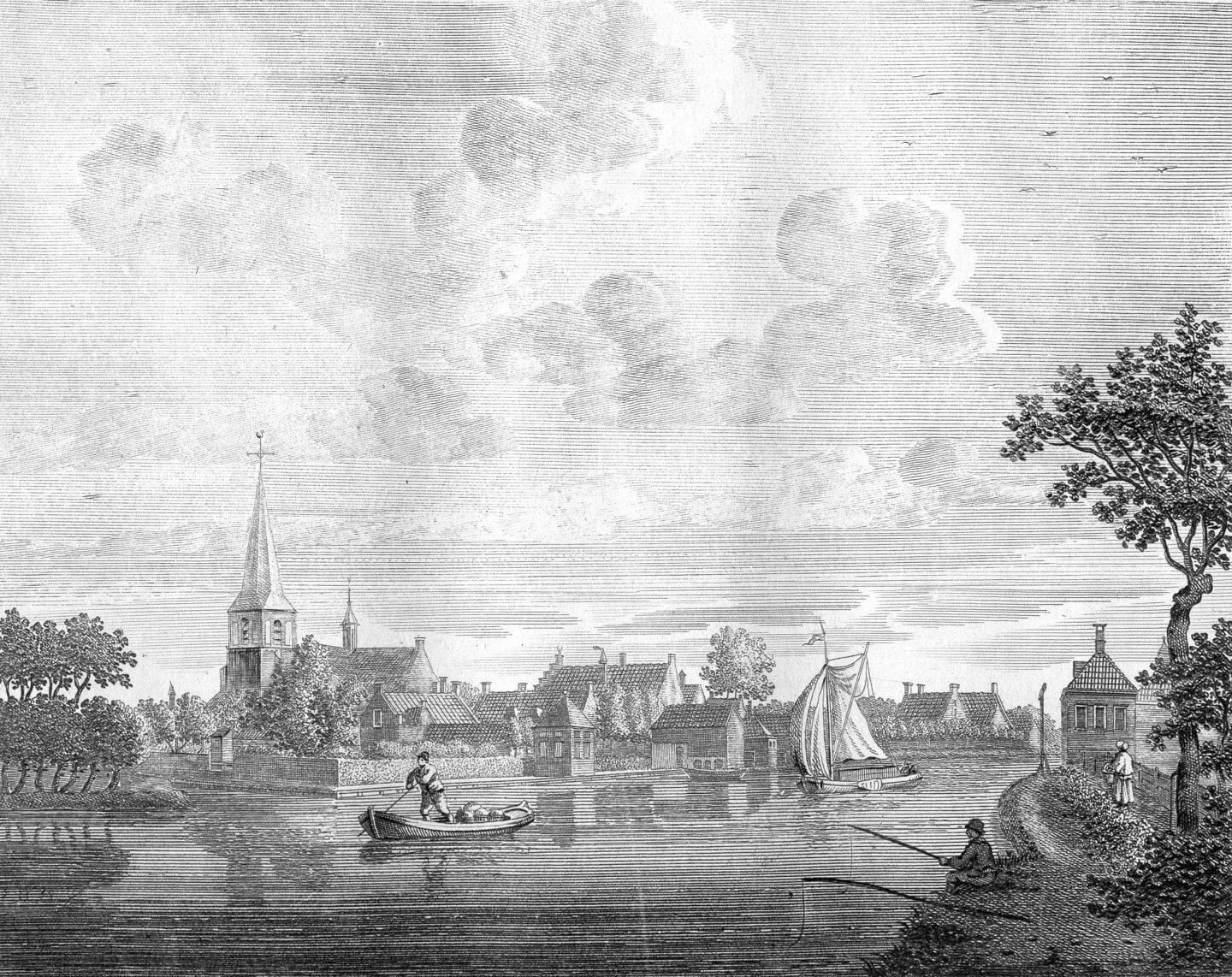K. van Mander

The fine engraving technique of Jacques de Gheyn and his pupil Zacharias Dolendo proved to be most suited to Karel van Manders designs. It was in fact Jacques de Gheyn who produced the largest part of Karel van Manders printed oeuvre, after he had set up on his own in 1588.
It is notable that not a single print after Karel van Mander bears the name of his friend and colleague Goltzius as its engraver or publisher. The first engravings after Karel van Manders work were published in Amsterdam by Harmen Muller, Joos de Bosscher and Jan Pitten and from 1592 mostly by Jacques de Gheyn. When Jacques de Gheyn like Goltzius turned to painting around 1600, Jacob Matham, who had taken over his stepfathers workshop, continued to engrave and publish Karel van Manders designs, together with Gillis van Breen, who must have been connected to Matham.
Prints after Karel van Mander were popular until well into the seventeenth century. The number of states of the prints attest to this. Engravings after his designs were used or copied for illustrated bibles and emblem books, and even adapted as political satires. Several anonymous seventeenth century paintings after Karel van Manders prints are known.
The introduction discusses Karel van Manders association with publishers and engravers, his preparatory drawings for the prints, the authors of the texts on the prints (which is included in the original and in English translation in an appendix), later editions and the historiography of the artists oeuvre.
Published in 1999
Compiler: Marjolein Leesberg
Editors: Huigen Leeflang and Christiaan Schuckman
ISBN: 978-90-75607-35-2
330 pp.

